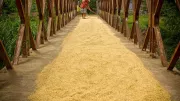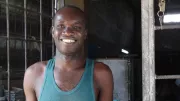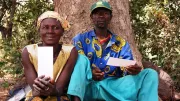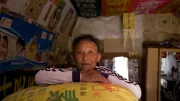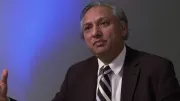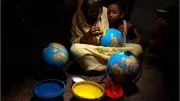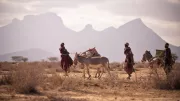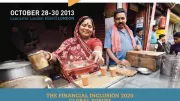Recent Blogs
Blog
Mobile Wallets: Is a Transition Underway in Bangladesh?
E-wallet use is becoming more common in Bangladesh. However, OTC transactions are still very popular and will likely remain so until the process of opening an e-wallet account and using it regularly become easier for and more attractive to the poor.Blog
How do Low-Income People in Senegal Manage their Money?
A survey of 1,052 people in Senegal living just above and below the poverty line describes their aspirations, the financial risks they face, and the financial strategies they adopt.Blog
How the Poor Can Benefit from Choice in the Remittance Market
Mounting competition and increasing innovation among money transfer companies are resulting in increased benefits to customers - especially senders of remittances.Blog
The Next Financial Inclusion Challenge: Private Sector Leadership
World leaders are embracing financial inclusion at an accelerating pace because they know it is an important ingredient for social and economic progress in developing countries. But despite the political tailwind, 2.5 billion people remain excluded from formal financial services. What needs to happen to meaningfully advance financial inclusion for the poor?Blog
Funding 2.0: Building Inclusive Financial Markets
Building a financial market that serves the poor requires more than supporting institutions. It also requires coordinating underlying elements - such as educating consumers, drafting appropriate laws, and building capacity in organizations.Blog
Beyond Expectations: Applications of Gender Analysis
Ujjivan Financial Services is using data to measure how well they are actually serving women as both clients and staff. Social outcomes are one key indicator they are measuring.Blog
How do Low-Income People in Cote d’Ivoire Manage their Money?
A survey of 1,000 low-income people in Côte d'Ivoire revealed interesting patterns around how Ivorians manage and approach money.Blog
IMF Survey: Financial Access Gap Narrows in Sub-Saharan Africa
The financial access gap in Sub-Saharan Africa is fast narrowing when compared to other areas, according to the IMF’s latest Financial Access Survey (FAS).Blog
Microfinance, E-Commerce, Big Data and China: The Alibaba Story
China's Alibaba Group is not only the world's largest e-commerce company, but it is also an innovator in microfinance. Alibaba leverages big data to link rural villages with the goods, sales channels and financial services they need to grow their businesses.Blog
The “EasyPaisa” Journey from OTC to Wallets in Pakistan
While the founders of EasyPaisa guessed that they would reach a reasonable volume of customers through OTC services, they did not guess that OTC remittances would be the dominant activity by far for EasyPaisa's customers.Blog
Prove It: Measuring Gender Performance in Microfinance
The Gender Performance Initiative (GPI) evaluates how effectively MFIs are serving women to ultimately build the business case that women are valuable customers and employees, as well as catalysts for social and economic change.Blog
The BOMA Project: Building Resiliency in the Arid Lands
The BOMA Project is a nonprofit and Kenyan NGO that implements a two-year poverty graduation program in Northern Kenya. BOMA’s Rural Entrepreneur Access Project builds the resiliency of arid-land residents, so they can survive drought and adapt to climate change.Blog
Growth in Women’s Businesses: The Role of Finance
Across the globe, the share of women who become entrepreneurs is significantly below that of men. Access to formal finance remains a major obstacle for women looking to grow their businesses.Blog
Financial Inclusion 2.0: India’s Business Correspondents
In India, the lack of access to financial services still poses a major challenge. FINO aims to close the access gap by extending services right to people's doorsteps.Blog
Winners and Losers on the Road to Financial Inclusion
The Center for Financial Inclusion at Accion has created the Financial Inclusion 2020 Campaign, which aims to build a movement that mobilizes stakeholders around the globe to achieve full inclusion by the year 2020.Blog
Better Than Cash, or Just Better Cash?
Far from replacing cash, mobile money has made cash much more efficient.Blog
The Journey to Client Centricity in Financial Inclusion
CGAP's partnership with Janalakshmi Financial Services seeks to learn more about understanding customers, designing effective product delivery, and making the economics behind client-centric financial services for the poor work.Blog
More on Why OTC Makes Sense for Kenya
Cashless goals are too focused on designing products that make people want to switch to e-money, even though most still prefer cash.Blog
M-Pesa Usage Data: OTC Makes Sense, Even for Kenya
Even though "cash-lite" is a buzzword in financial inclusion, usage data from M-Pesa suggests that the goal of going "cashless" may not be aligned with the needs of people at the base of the income pyramid.Blog




